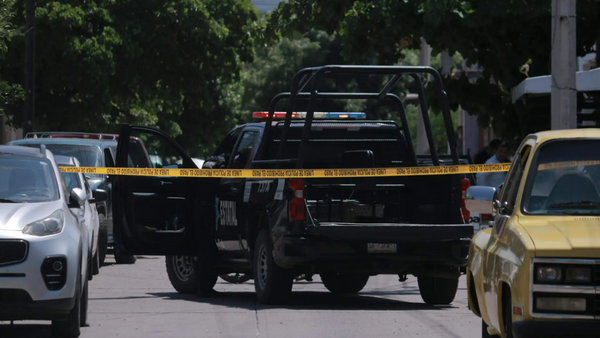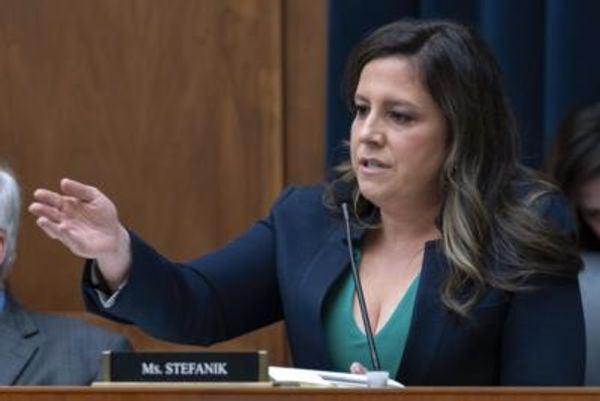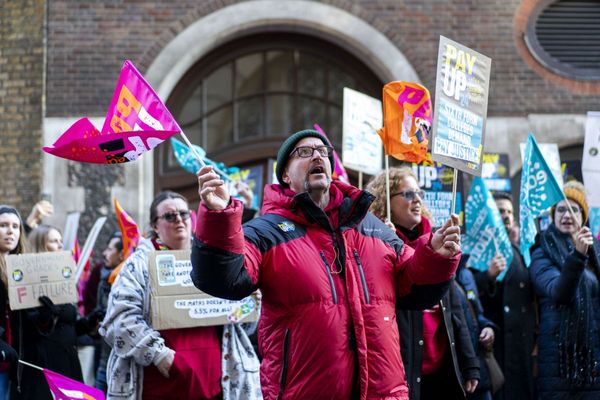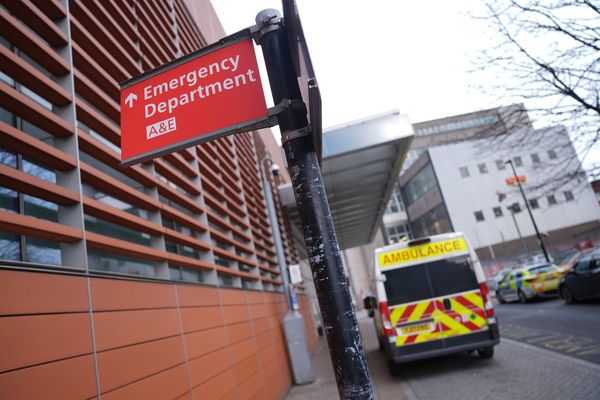The last few years have seen one distressing news story after another about the scourge of plastic waste: Single-use plastic packaging dumped in the ocean is killing sea animals who mistake it for food. Elephants in Sri Lanka are dying after ingesting plastic trash piled up in open-air landfills. Discarded bottles, bags and wrapping broken down into microplastic have invaded our food system and even our bloodstream. Microplastic is in the air we breathe and water we drink. Recycling has turned out to be a myth, with less than 10% of the plastic ever made being turned into something else.
Yet, frustratingly, plastic production is still booming while the nation’s leaders sit by and do little but double down on failed recycling programs.
California however, is on the verge of taking the first substantial steps in the nation to reduce the flow of the harmful waste — if lawmakers don’t blow the chance. But the clock is ticking.
After months of negotiations, environmentalists, lawmakers and business and plastic industry representatives have hammered out an legislative agreement to slash the production of plastic packaging over the next decade in exchange for pulling the “plastic tax” measure from the November ballot.
But the Legislature has less than a week to act or this deal dies — and then all hope will be pinned on what voters will do in November. While polls show that the vast majority of Californians are fed up with plastic trash and inclined to vote to reduce it, elections are always a gamble. And this one would likely be a costly battle because business and industry groups are opposed to the measure.
The better bet is for the Legislature to pass the bill, thus enacting the will of the public and bypassing what could be a costly ballot fight. In broad strokes, Senate Bill 54 and the ballot measure are similar. Both require that all plastic packaging be reduced by one-quarter (by 2032 in the bill and 2030 in the ballot measure). Both set a high bar for recycling or composting plastic . And both require the industry pay to help offset the cost of reducing single-use packaging and to repair some of the environmental damage done by plastic trash.
The bill is an improvement over the ballot measure in several ways. For one thing, it is more detailed. The bill requires that 65% of all single-use plastic must be getting recycled or composted by 2032, while the ballot measure merely requires all plastic to be recyclable or compostable by 2030. The bill also specifically says that incineration does not count as recycling. and includes crucial details about implementation left out of the ballot measure. And significantly, the bill has the buy-in of business, manufacturing groups and plastic industry.
Another key difference is that instead of a penny tax on plastic packaging in the ballot measure, the bill calls for a $5 billion fee that plastic producers would pay at $500 million a year for 10 years.
Some proponents of the ballot measure have criticized the agreement, saying it doesn’t go far enough and concedes too much to the plastic industry. One of the sticking points is that the bill doesn’t ban single-use polystyrene, the awful material used to make most take-out containers, while the ballot measure does. That does seem troubling on its face, but environmental advocates in support of the bill note that it does have a requirement that single-use polystyrene reach a 25% recycling rate by 2025 or be prohibited. Because polystyrene is not being recycled and can’t possibly meet that limit in just two years, it would accomplish the same goal as the ballot measure.
Is this bill the perfect solution? No. In a perfect world, 100% of disposable plastic would be either recycled or banned immediately. But it is a practical proposal that, if passed, would be the most significant single-use plastic reduction effort ever undertaken in the U.S. and a model for other states to follow. That makes it the closest thing to perfect we’re likely to get — if the Legislature doesn’t let this opportunity slip away.







